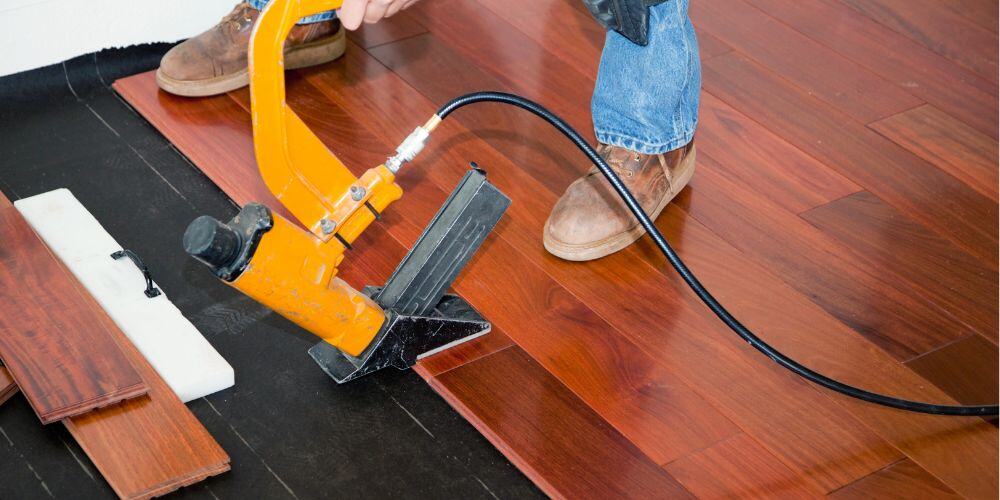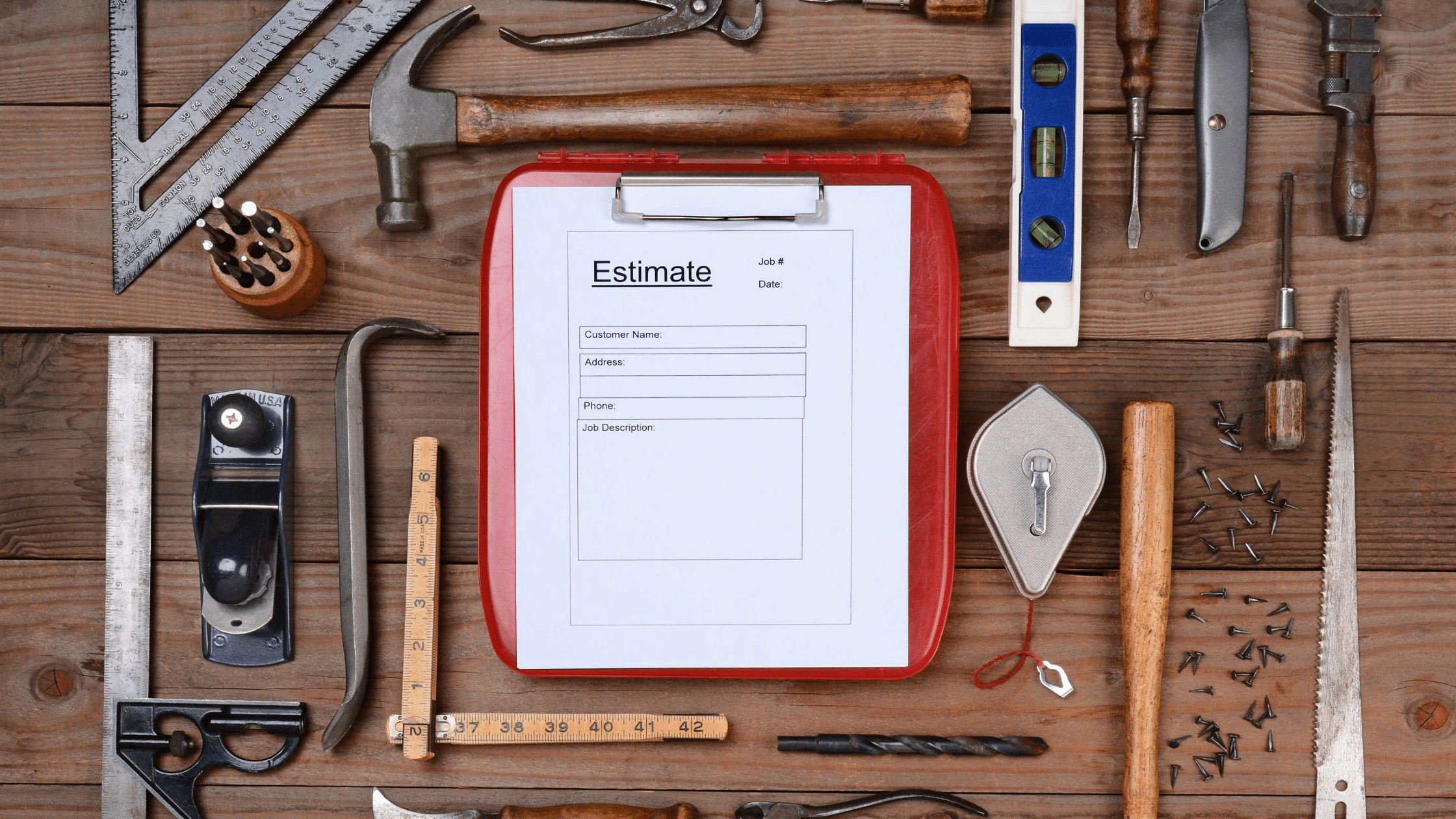How to Read a Contractor's Estimate
 Before you build a new home in Connecticut, you’ll want to know exactly what you’re getting into. That means you very likely will have contractors provide you with an estimate before you make a decision. That’s normal. The thing is that not every contractor prepares bids the same way. How do you read a contractor’s estimate — and what are the essential elements you need to look for so that you can make an informed decision?
Before you build a new home in Connecticut, you’ll want to know exactly what you’re getting into. That means you very likely will have contractors provide you with an estimate before you make a decision. That’s normal. The thing is that not every contractor prepares bids the same way. How do you read a contractor’s estimate — and what are the essential elements you need to look for so that you can make an informed decision?
Let’s look at a few of those things. But first, keep in mind that an estimate is not a contract. It’s an estimate based on certain facts and assumptions. By the time you get to a contract, those facts and assumptions need to be confirmed. That being said, here are some key elements.
Allowances: You will need certain elements in your new home, but you may not have decided exactly what those will be. A builder will include allowances for things suck as faucets, sinks, cabinets, countertops, and flooring. Because you haven’t decided exactly what you want, the builder will make some assumptions. Your final decision will affect the final cost. If you choose upgraded items, it will cost more. If you choose less expensive options, the builder will credit you that. Make sure you understand how your builder has set his allowances so that you’re not surprised when you make changes.
Furnish and Install: If your builder includes items that are designated as “furnish and install” (or “F&I”) it means the builder will supply the item and install it. If the estimate says “install only” or “owner furnished” that means you are responsible for acquiring the item. The contractor is only responsible for installing what you bought.
Millwork: No, your builder isn’t going to grind flour for you. Millwork refers to things such as crown molding, special pull-outs, decorative spindles, and things of that nature.
“Standard” versus “Special”: These terms describe the level or grades of the materials used in the construction of your home. You may have heard of “builder grade” quality. That’s what “standard” refers to. By the way, sometimes “builder grade” is just fine and does the job perfectly. “Special” may also be referred to as “custom” or “upgraded” quality in the estimate. When you’re comparing estimates, you’ll want to be sure you’re comparing apples to apples. If one builder’s price is based on “standard” items and another’s is based on “upgraded” items, it’s not a fair comparison.
Specific Exclusions: Sometimes a builder will include “specific exclusions” for things that he will not do — or can’t do without more information. If you want a fountain in the middle of your home, a builder might “exclude” that from the estimate because he doesn’t have the ability to do it — or simply doesn’t have enough information from you to provide you with an accurate estimate.
There are, of course, a number of additional items in a builder’s estimate that you should consider. But this at least gives you an idea of the kinds of things you need to inquire about so that you are able to accurately compare one estimate against another.
The bottom line is that if you don’t think you understand something, ask your builder to explain it. Builders aren’t trying to confuse you, but they sometimes describe things in different ways. On the other hand, if a builder is unwilling to explain his estimate, that is a pretty good indication that he isn’t someone you’ll feel comfortable doing business with.
Of course, before you get estimates from builders, you’ll want to narrow the number of builders down to just a few (otherwise, comparing estimates will be overwhelming). Here’s a post that provides you with information about how to interview contractors. It’s geared toward remodeling contractors, but the principles apply to those who build new homes as well.







-2.png)